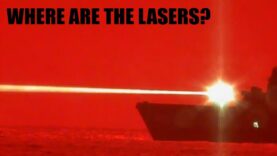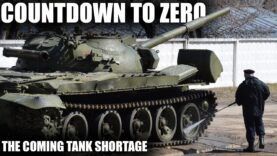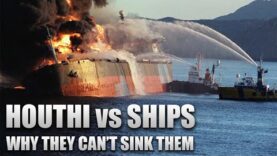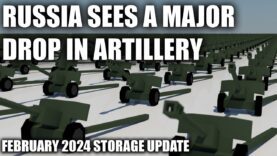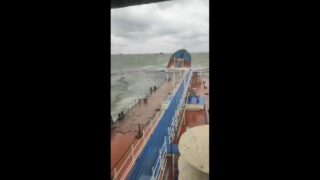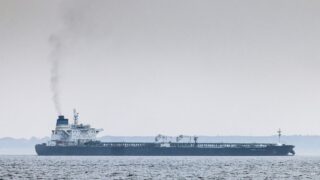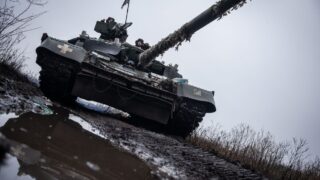Why The Houthi Are Failing To Sink Ships – Challenges facing Anti-Ship Missiles
Why The Houthi Are Failing To Sink Ships – Challenges facing Anti-Ship Missiles
Video Summary
A 1994 US Naval thesis paper calculated the probability of anti-ship missiles hitting their target and found that over 90% of the time, they would not hit a defenseless target such as an oil tanker, and only about 50% of the time against a warship that had the ability to defend itself.
But one would expect the Houthi to have better luck, given their large assortment of anti-ship missiles. However, the results are still the same: not a single ship has been sunk. So, what’s going on?
Part of the problem is that there are warships defending against them, and shooting them down. In fact, according to Intel Skitso on Twitter, the Houthi have launched 135 missiles and drones, but 97 of them have been shot down, which is a staggering 72%.
Another reason why the Houthi have been unable to sink a ship is that anti-ship missiles have a limited range, and the region is too large to be fully covered by any single warship. The US can also shoot down missiles using aircraft, but the region is too vast to cover fully.
But why do anti-ship missiles miss their targets so often? Well, they have long ranges, but beyond what can be seen visually, which requires radar. In the case of the west coast of Yemen, the flat terrain means that radar can only see targets out to 20-30 km, and beyond that, the terrain becomes too mountainous to use radar effectively. Even before the conflict, ships would often sail 80-100 km off the coast of Houthi-controlled areas.
However, the Houthi have developed a different approach. They use drones to scout and locate ships, and then report their position. They also have ballistic missiles, which fly fast, but are also slow to climb to their target altitude. In fact, in extreme cases, subsonic cruise missiles can actually beat ballistic missiles in terms of speed.
In terms of guidance systems, anti-ship ballistic missiles are not very reliable, and are not radar-guided. Instead, they use infrared or electro-optical guidance in their terminal phase, which can be affected by clutter and limited detection range. This means they often miss their targets.
The upshot is that, even if the Houthi manage to detect a target, they face a difficult task in hitting it. The limited sensor range and time to make adjustments, combined with the missile’s and warhead’s reliability, make it a challenging task.
In terms of normal anti-ship missiles, they too have problems. They tend to have simple guidance systems, and onboard radar with limited range. This means even small errors in estimation can lead to missing the target.
In the past, during the tanker wars, anti-ship missiles were responsible for around 50% of all attacks on commercial shipping, resulting in 31 ships being sunk and 50 more being declared total losses from damage. However, even these weapons have their own limitations. They tend to have small warheads and kinetic energy, which makes it difficult to sink larger ships.
In the end, it seems that the Houthi’s chances of sinking a ship are slim, unless they are extremely lucky or manage to launch a large-scale attack with many missiles.


